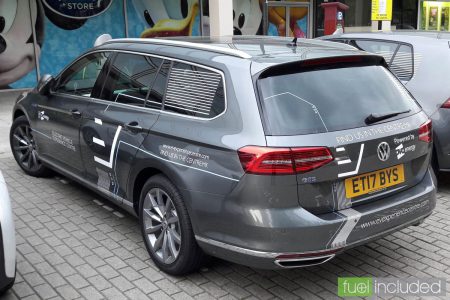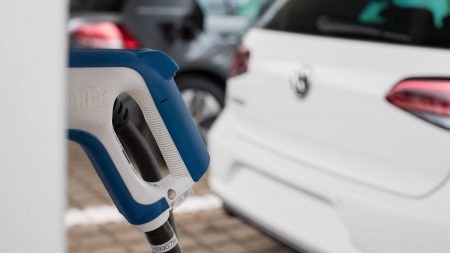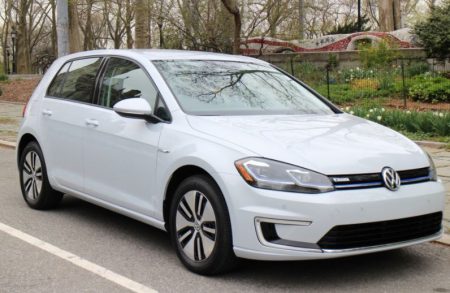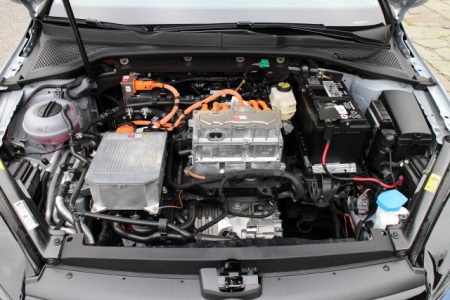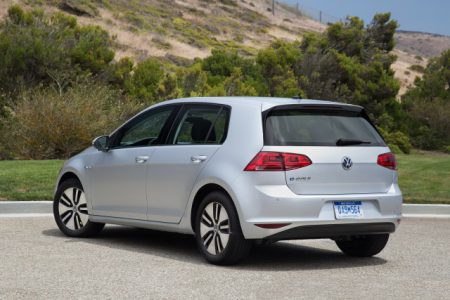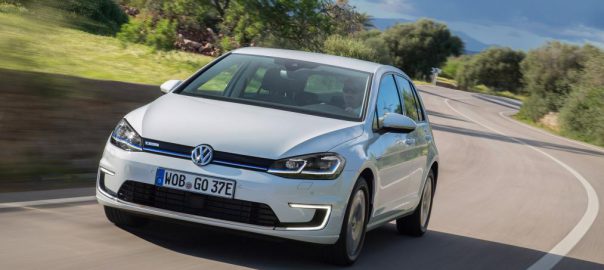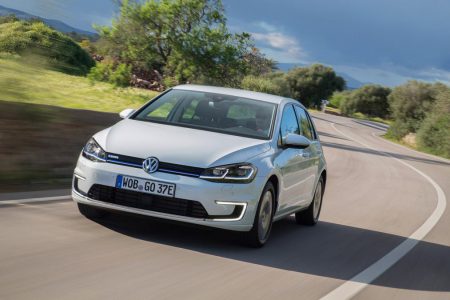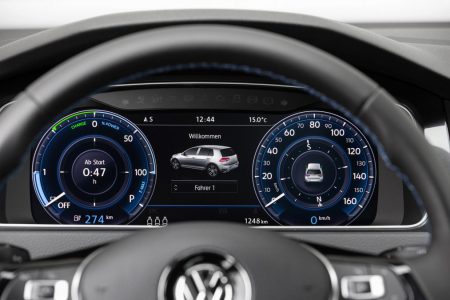A plug-in hybrid load-carrier sounds like it should be a frugal, refined and practical antidote to the hassles of everyday life. Will that be the case here?

We’re all for diversity around here. Among the current 30-odd cars on the fleet, we have a V-twin three-wheeler, a petrol V8, a tri-turbo diesel V8, a petrol W12, an EV, a parallel hybrid, two hydrogen fuel cell cars, a petrol-electric sports car and now this, the plug-in hybrid Volkswagen Passat GTE Estate.
Those last six cars are interesting because they represent a disproportionate 20% of Autocar’s long-termer lineup – disproportionate because for now the real-world percentage of alternatively fuelled vehicles on our nation’s roads is much lower.
Diversity, then, and pioneering the future of motoring – whatever that may turn out to be. And I suppose it’s worth asking if that future is going to be one in which the plug-in hybrid prevails, and it’s a question to which I hope to find an answer or, more likely, several answers, depending on your point of view. I already have a feeling, you see, that this car is going to cause some head-scratching.

We’re pretty well acquainted with the Passat GTE. We’ve already road tested it, albeit in saloon guise, and subjected it, as an estate, to a comparison test, and the car has scored a solid four stars on each occasion. This Passat uses the Volkswagen Group’s increasingly familiar petrol-electric set-up of a 1.4 TSI petrol engine, here making 154bhp, mated to a 113bhp electric motor and driving through a six-speed dual-clutch automatic gearbox. It’s good for 0-62mph in a claimed 7.6sec, which isn’t exactly slow.
The electric motor is powered by a 9.9kWh battery, which takes about two and half hours to fully charge via a wall box charger (at the office) or four and a half hours via a three-pin domestic plug (at my house). The battery lives under the rear seats and reduces fuel tank capacity from the 66 litres of a regular Passat to 50 litres.
You can have your Passat GTE in regular form, which comes quite well equipped, or in Advance trim, which is much more generous. We’ve gone for Advance, which includes VW’s Discover Navigation Pro with an 8.0in touchscreen, adaptive cruise control, emergency braking, a panoramic sunroof and a fully configurable 12.3in-wide TFT instrument display. To that, we’ve added metallic paint, Dynamic Chassis Control (DCC, or switchable suspension settings to you and me) and the tech-tastic Driver’s Assistance Pack. We’ve also got ‘St Tropez’ leather trim.
Read more: Autocar





